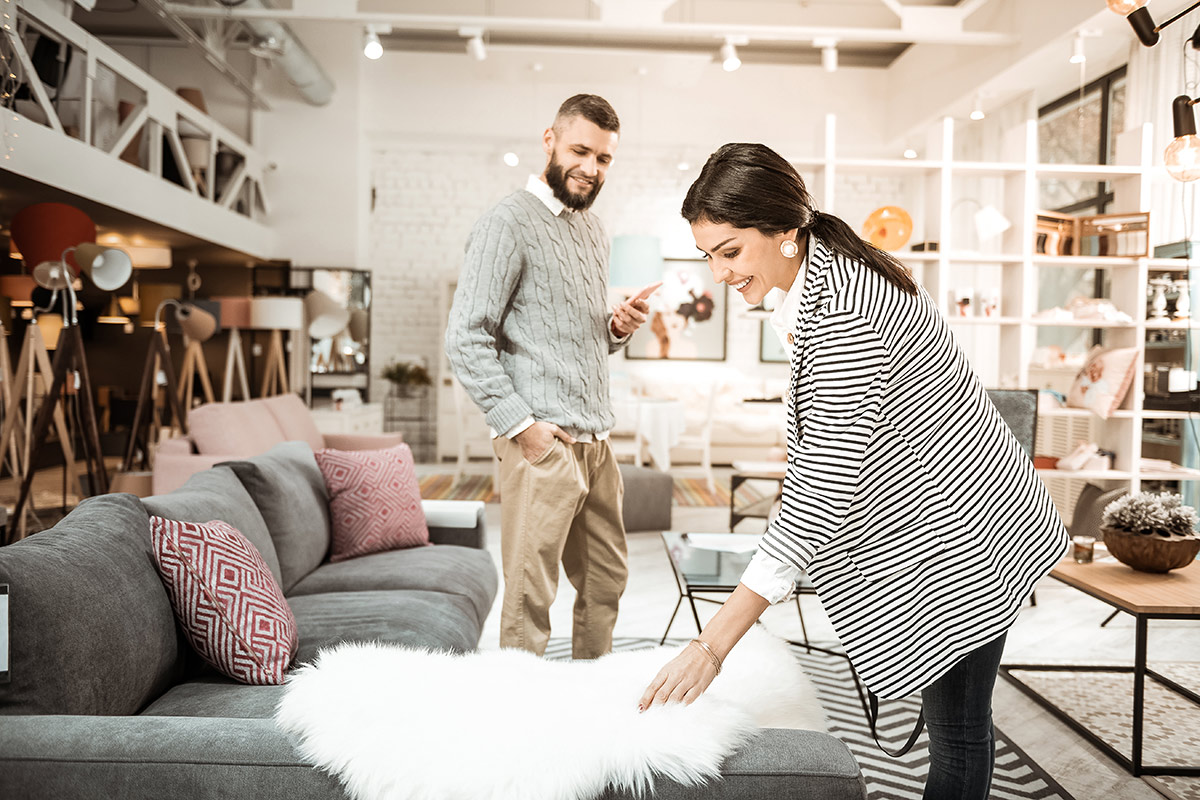Today’s shoppers are used to recent innovations like BOPIS and curbside pickup for delivering products, and they want more payment options at the register too. Buy Now Pay Later (BNPL) solutions, also known as Shop Now Pay Later, caught fire last year, making up nearly 2.5% of the global eCommerce market, and the payment method is now catching on in U.S. brick-and-mortar stores.
Many retailers are now turning to BNPL platforms, such as Afterpay, Klarna, and Affirm, to create an alternative payment option for the in-store shopper. Retailers are using BNPL as a payment differentiator to diversify their target market and lure Millennial and Gen Z shoppers who love the contactless nature and budgeting muscle BNPL options provide.

BNPL 101
As inflation remains high, consumers are looking for ways to fulfill their holiday lists while overcoming economic challenges. Enter “Buy Now, Pay Later,” the modern-day reverse layaway option that allows buyers to get the product they need now, but pay for it later in interest-free installments. In most cases, a consumer makes an upfront payment or initial payment. The balance is then spread out over a predetermined number of payments. There are usually no added fees for the consumer unless the borrower misses a payment.
Are consumers using it? In a big way, particularly Millennial and Gen Z shoppers, whom retailers want to woo. With their general distrust in credit cards, many Gen Z shoppers like being able to budget for their goods post-purchase, without the plastic or a hard pull of their credit. That helps explain why BNPL loans grew more than 10 times from 2019 to 2021 and they have only been increasing.
A recent survey found that 48% of Gen Z respondents said they planned to use BNPL to pay for gifts this holiday season, other generations of consumers aren’t far behind. Nearly 47% of millennial respondents and 40% of Gen X respondents said that they plan to use BNPL to finance some of their holiday gifts this year. Only Baby Boomers bucked the trend, with 14% of respondents stating they intended to use BNPL for holiday spending.
Experience Driven Loyalty
In survey after survey, consumers consistently put “experience” at the top of their wants list when it comes to retail. And as retailers continue to refine their shopping experiences, they must empower customers to pay how much and when they choose. It’s the type of satisfaction that can drive repeat business.
Although the U.S. has been somewhat slower to adopt BNPL than retailers in Australia and Asia, it has certainly come in with a boom. In a recent podcast, Karen Strack, Senior Vice President of Transformation at Unibail-Rodamco-Westfield, explained how retailers can use BNPL as a positive differentiated experience that brings shoppers back.
“The powerful appeal of such payment configurations cannot be overlooked when it comes to reimagining the in-store shopping experience to provide consumers a better overall experience,” said Strack.

World Pay Head of Vertical Growth, Maria Prados, said in the podcast that the loyalty engendered by BNPL platforms was unexpected. “Buy-now-pay-later creates a lot of loyalty and community, which is very unusual for a payment method,” said Prados. “But 30% of shoppers won’t buy unless there’s a BNPL option. It’s the fastest-growing method globally.”
Strack also shared how BNPL can help consumers through the product lineup journey. “One of the observations that we have had is that a lot of the shoppers are graduating through that process. So, especially with a luxury client, they might actually just start with buying an accessory or a scarf. And then they start to really understand the value in that [they] can control their budget, and they’re graduating to handbags and higher-end prices. And from a retailer perspective, that’s creating lifetime value in your shopper. It’s a really big bonus.”
The Downsides
One of the biggest disadvantages for merchants is the fees associated with working with BNPL platforms. Some have fees as little as 1.5%, making this a great option for reducing credit card fees that they pay, which can be as much as 3.5%.
Another consideration is what the future holds for the BNPL industry. With a substantial increase in consumers taking advantage of this service, it has caught the eye of financial services regulators who are concerned about potential risks.
The Consumer Financial Protection Bureau (CFPB) warns that borrowers face inconsistent consumer protections—protections that are standard elsewhere in the marketplace. As more BNPL providers are creating digital profiles of users, the CFPB is also warning consumers about the risks that come with monetizing consumer data, including the threat to consumers’ privacy. As a merchant, it’s important that you work with credible third-party providers. It’s also likely you will need to stay on top of industry regulations to ensure you don’t play a role in any consumer protection violations.

Give Shoppers Control
Sure, the appeal of BNPL is the ability to spread out costs over time. But what BNPL really offers consumers is control, something consumers have been craving since the pandemic. Prados told Business of Fashion that the pandemic spurred retail five years ahead in innovation in a matter of months.
“While it will be painful for the industry and economy at scale, the situation allows for so much necessary innovation,” she said. “Payments can be an afterthought, but we are talking about the very end of your conversion funnel — it could not be more key.”




